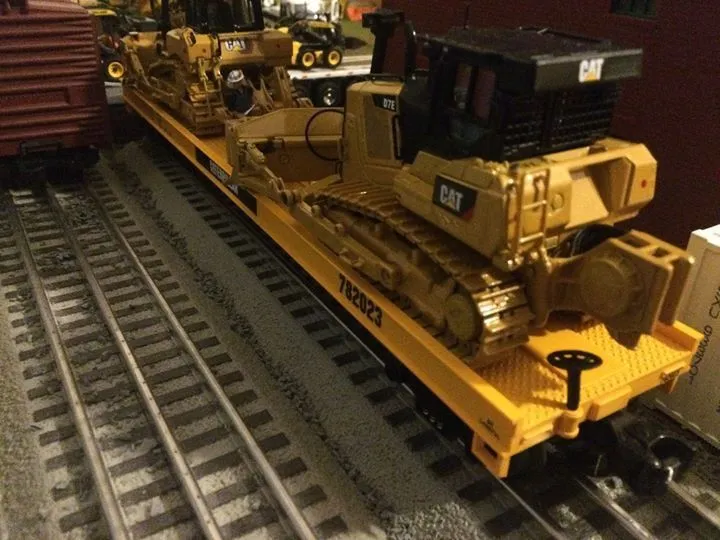What are Diecast Construction Machines?
Diecast construction machines are miniature replicas of heavy-duty equipment used in the construction industry. These models are typically made using a die-casting process, where molten metal is injected into molds to create highly detailed and accurate representations. The term “diecast” refers to the method of manufacturing. These models are not just toys; they are sought-after collectibles, prized for their craftsmanship, realism, and historical significance. They come in various scales, with the most popular being 1:50, 1:87 (HO scale), and 1:24, allowing collectors to amass a diverse collection reflecting the evolution of construction technology and the companies that produce them. These miniatures allow collectors to appreciate the intricate details and engineering of the real-life machines, from the massive bulldozers that reshape landscapes to the towering cranes that lift enormous loads. The level of detail can be extraordinary, with features like articulated joints, realistic paint schemes, and even tiny operator cabins.
The Appeal of Diecast Construction Machines
The appeal of diecast construction machines spans several factors, appealing to a wide range of enthusiasts. For many, it’s the nostalgia factor, as these models can bring back childhood memories of construction sites or a fascination with big machines. The detail and realism of these models are another key draw. Manufacturers go to great lengths to replicate every aspect of the real machines, from the tread patterns on the tires to the hydraulic cylinders and operator cabs. This level of detail makes them visually stunning and a testament to the craftsmanship involved. Collecting diecast construction machines also offers a sense of community. Enthusiasts often connect with each other through online forums, social media groups, and model shows, sharing knowledge, trading models, and celebrating their shared passion. Moreover, many collectors are drawn to the historical aspect. These models often represent specific periods, manufacturers, and technological advancements in the construction industry, making them miniature time capsules of engineering history. They can be a tangible link to an industry’s evolution and the innovative spirit of those who designed and operated the machines.
Why Collect Diecast Construction Machines?
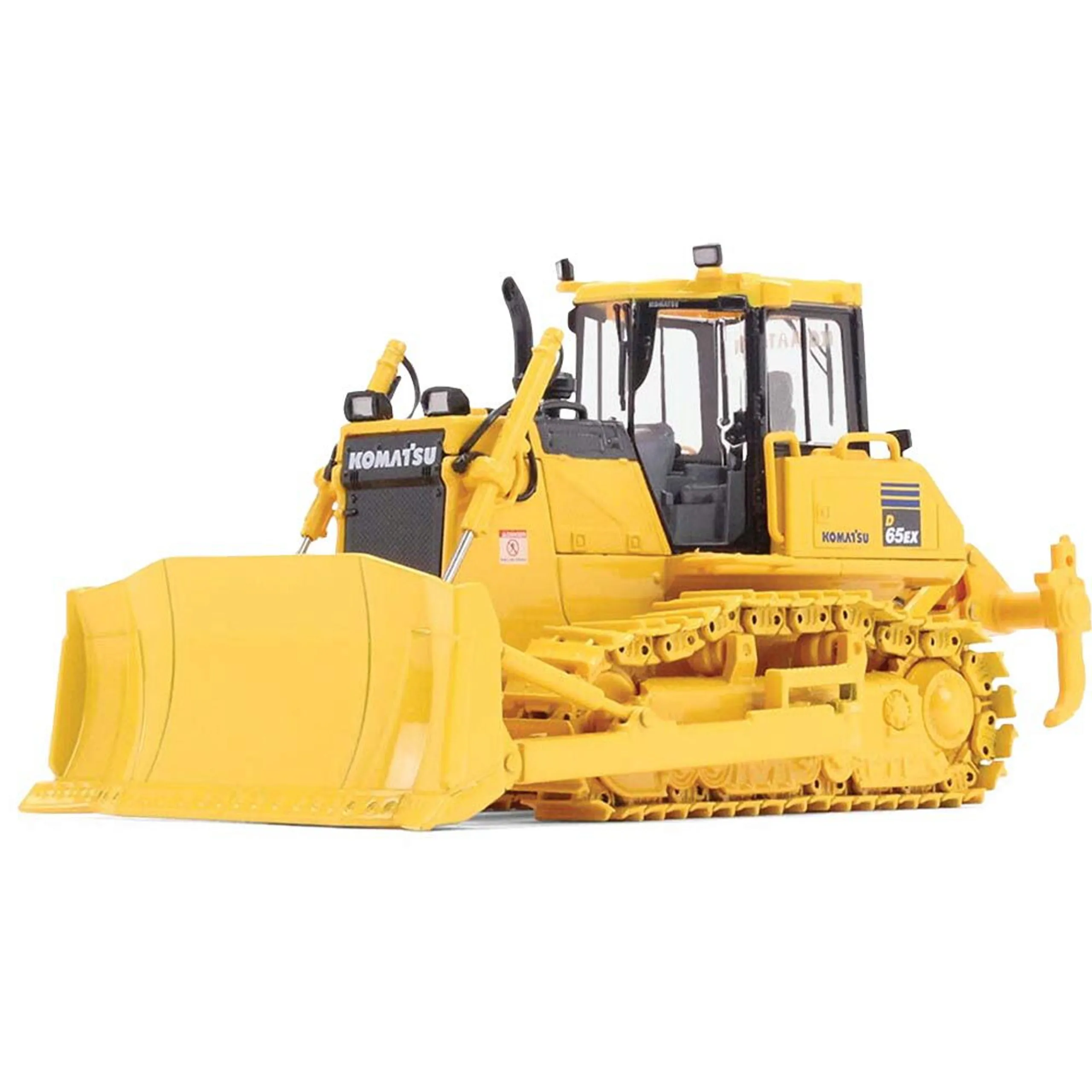
Collecting diecast construction machines offers a unique blend of enjoyment, investment potential, and educational opportunities. They are more than just models; they are miniature works of art, representing the pinnacle of engineering and design. Collectors appreciate the artistry involved, with meticulous attention to detail. These models can become quite valuable over time, especially limited editions or those in pristine condition. The market value is influenced by factors like rarity, manufacturer, condition, and historical significance, making them a worthwhile investment for discerning collectors. They also provide an educational opportunity. Collectors often delve into the history of construction equipment, learning about the evolution of technology, manufacturing processes, and the companies that produced them. This knowledge enhances the appreciation of the models and the broader industry they represent. For many, collecting is a relaxing hobby, a way to unwind and connect with others who share their passion. It’s a chance to build a community and engage in a hobby that provides a sense of accomplishment and pride.
Top 5 Collector’s Items
The “Top 5” is subjective, but certain models stand out for their detail, rarity, and historical significance.
Item 1 Construction Machine Diecast
A highly detailed model of a classic bulldozer, such as a Caterpillar D9, is a must-have. Look for features such as individually linked tracks, a movable blade, and accurate paintwork. The Caterpillar D9 has a long and significant history in the construction industry.
Features and Details
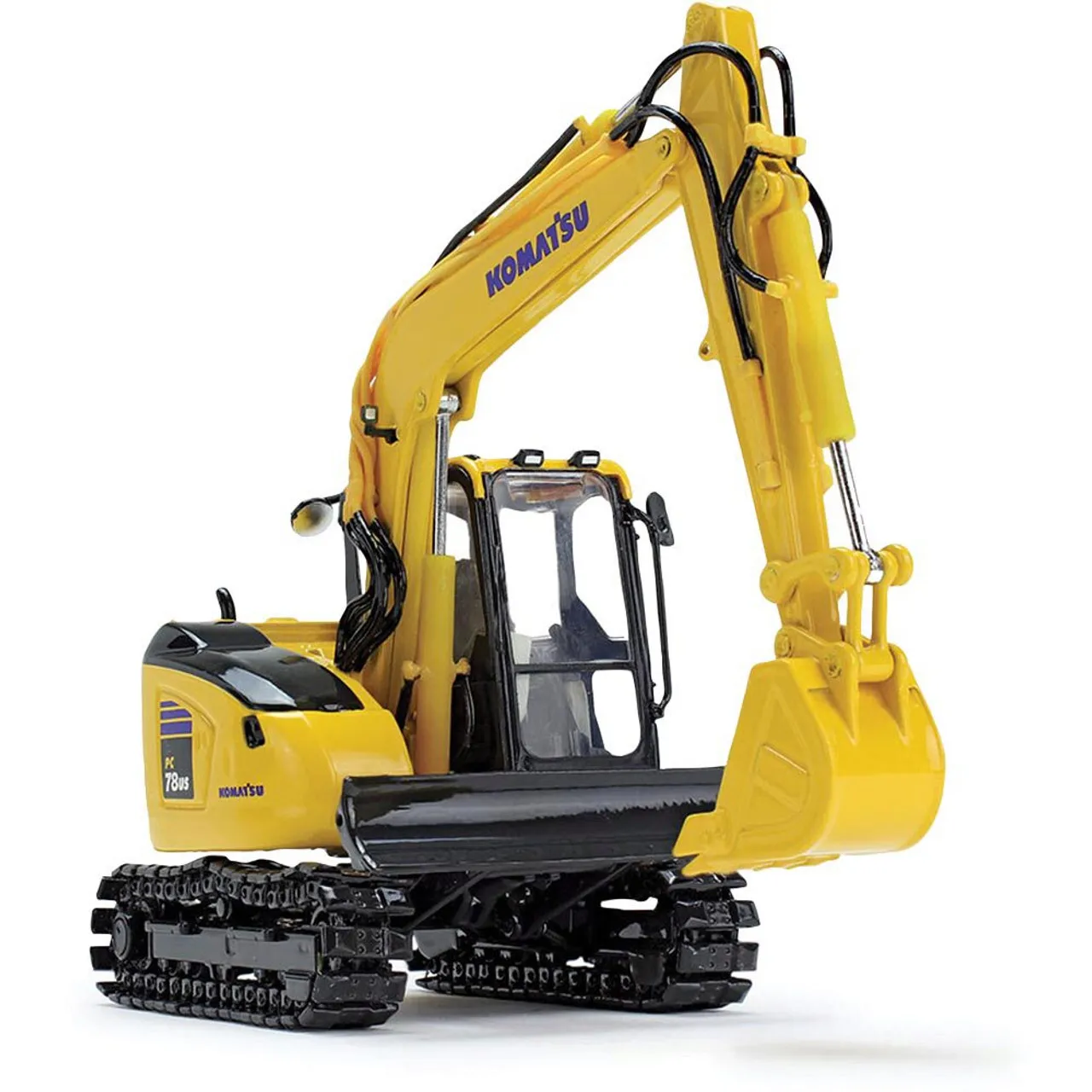
Key features to look for include the quality of the tracks, the articulation of the blade, and the fidelity of the operator’s cab. The best models will also include authentic decals and markings. Some may include realistic weathering effects to enhance the realism.
Item 2 Construction Machine Diecast
A Liebherr R 9800 Excavator, known for its size and power. These models often feature detailed hydraulic cylinders and a highly articulated arm and bucket. It should accurately represent the real-world machine, known for its use in mining and large-scale earthmoving projects.
Features and Details
Focus on the detail in the hydraulic cylinders, the articulation of the arm, and the accurate representation of the bucket and undercarriage. Models with detailed operator cabins and realistic paint schemes will add significant value and appeal.
Item 3 Construction Machine Diecast
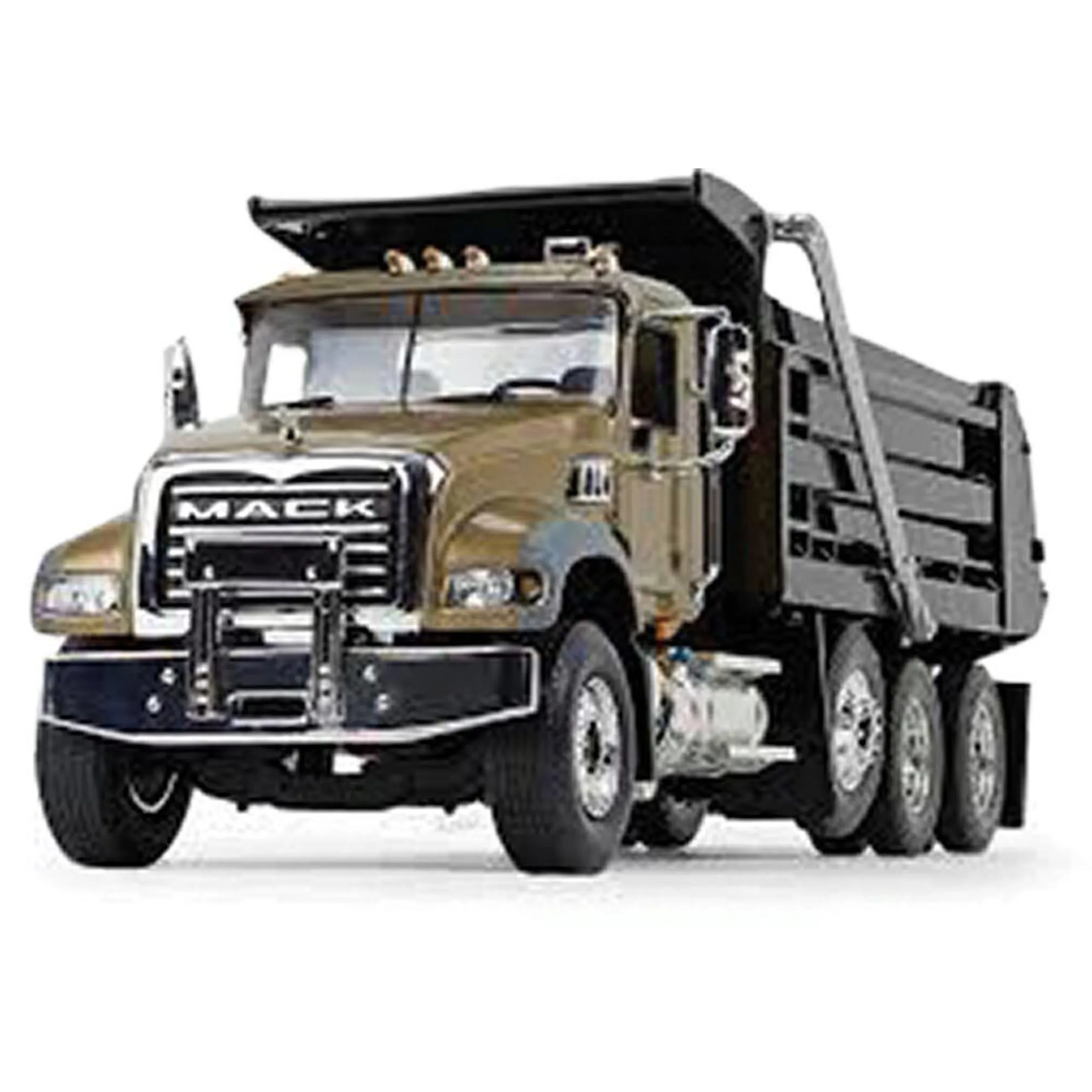
A detailed mobile crane is another essential. Choose models with functional booms, outriggers, and realistic counterweights. Consider a Grove or Liebherr crane, which are iconic brands in this category. The crane is a critical piece of equipment in the industry.
Features and Details
The boom’s extension and retraction mechanisms, the functionality of the outriggers, and the accuracy of the counterweights are key aspects. Look for models with detailed cab interiors and authentic company markings.
Item 4 Construction Machine Diecast
A model of a wheel loader, such as a Caterpillar 988K. The best models will have a functional bucket, articulated steering, and detailed engine compartments. The wheel loader is essential for moving materials on any construction site.
Features and Details
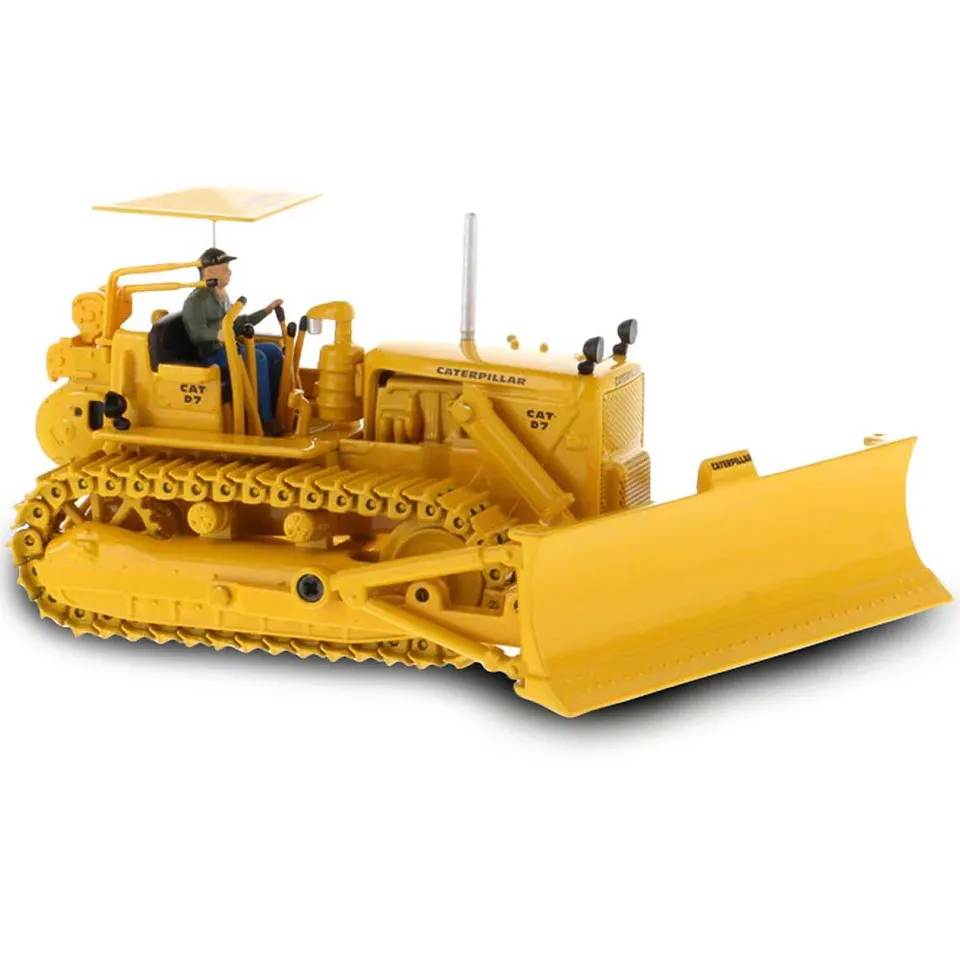
Key features include the bucket’s lifting and dumping mechanism, the accuracy of the tires and rims, and the details within the operator’s cab. Look for models with realistic paint schemes and wear patterns.
Item 5 Construction Machine Diecast
A motor grader, like a Caterpillar 140M3, is a great addition. These models should include a functional blade, articulated steering, and detailed engine and cab features. The motor grader helps to make sure the road surface is smooth.
Features and Details
Focus on the blade’s movement, the accuracy of the moldboard, and the detail in the engine and operator’s cab. Authentic decals and realistic paintwork will add to the model’s appeal. Models with detailed control panels and accurate tire tread patterns are highly sought after.
How to Start Your Collection
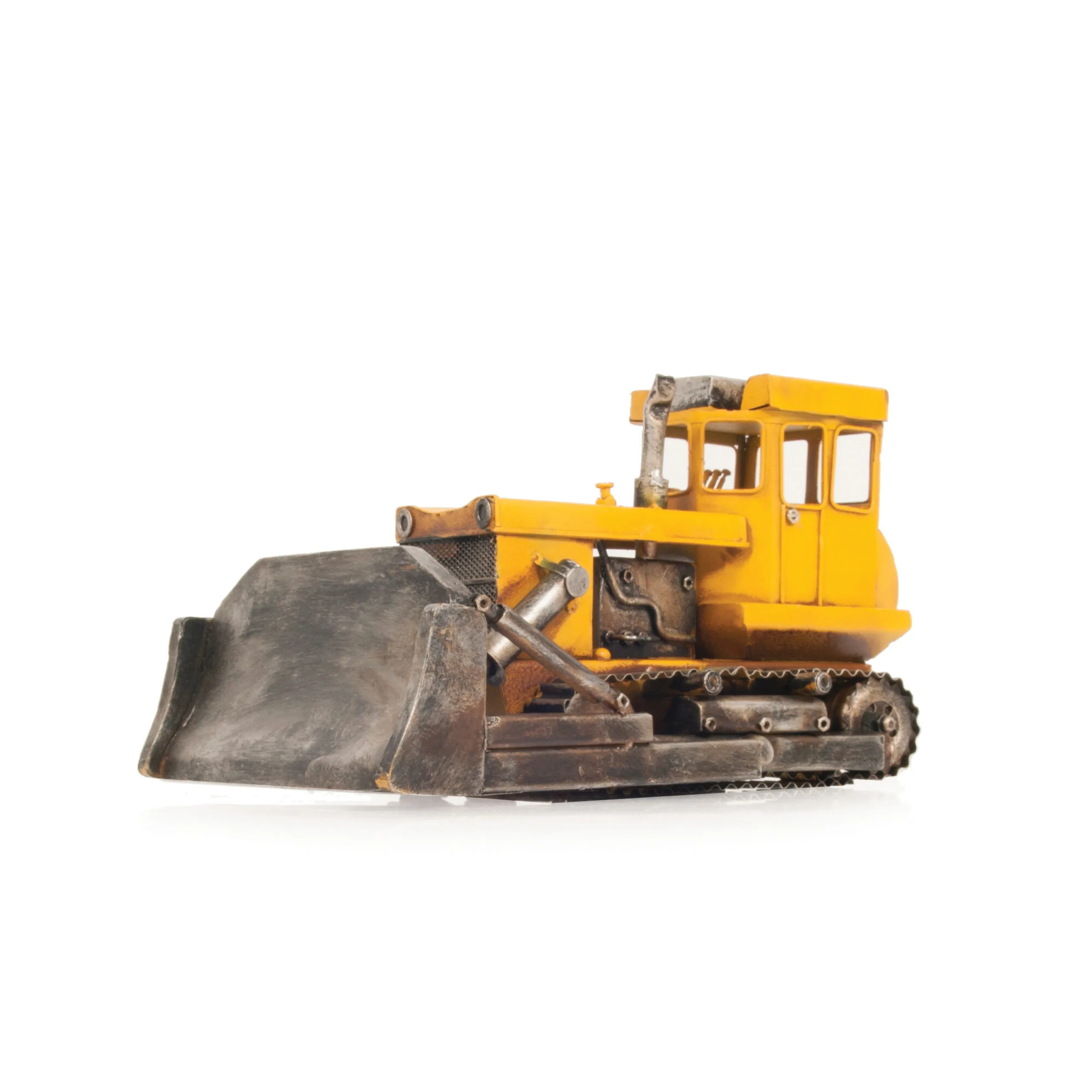
Starting a diecast construction machine collection requires some planning. Begin by identifying your interests. Are you drawn to a particular brand, machine type, or historical period? Researching different manufacturers, such as Caterpillar, Komatsu, Liebherr, and Grove, and the various scales available (1:50 is popular) will help to focus your collection. Set a budget and stick to it. Prices vary greatly, and it’s easy to get carried away. Start by purchasing a few high-quality models that align with your interests. Consider the condition of the models; mint-in-box models often retain or increase in value over time. Seek out reputable dealers and online marketplaces. Joining collector’s groups and forums is a great way to get informed and meet other collectors. Build your collection gradually, focusing on quality over quantity, and enjoy the process of acquiring and displaying your models.
Factors to Consider When Collecting
Several factors impact the value and enjoyment of a diecast construction machine collection. Consider the scale; 1:50 is a popular and widely available scale, allowing for a wide range of models. The brand is important, as some manufacturers, such as Joal, NZG, and Conrad, are known for their high-quality and detail. Condition matters a great deal; models in their original boxes and in mint condition are more valuable. Rarity plays a significant role; limited editions and models that are no longer in production often command higher prices. The level of detail, including the accuracy of the paintwork, the functionality of moving parts, and the presence of authentic decals, also adds to the appeal and value of a model. The historical significance and the machine’s place in construction history, are also key for some collectors. Research the history of the machines you collect. Finally, be aware of the market trends. Watch out for fakes or reproductions and focus on acquiring models from reputable sources to ensure authenticity and value.
Where to Find Diecast Construction Machines
Finding diecast construction machines involves exploring various sources, both online and offline. Start by visiting specialty hobby shops and model stores. These stores often have a wide selection of models, and the staff can offer expert advice. Online marketplaces like eBay and Amazon are great for finding a vast array of models, including vintage and rare pieces. Auctions, both online and in-person, can be a great source for finding valuable models, although it’s essential to do your research and know the market value. Model shows and collector conventions are excellent places to find models, connect with other collectors, and learn more about the hobby. Dealers often have a good selection of rare and valuable models. Finally, consider manufacturer websites and authorized retailers. Often, you can purchase directly from the source. Always compare prices and inspect the model’s condition before purchasing, and buy from reputable sources to ensure you are getting an authentic model.
Tips for Collectors
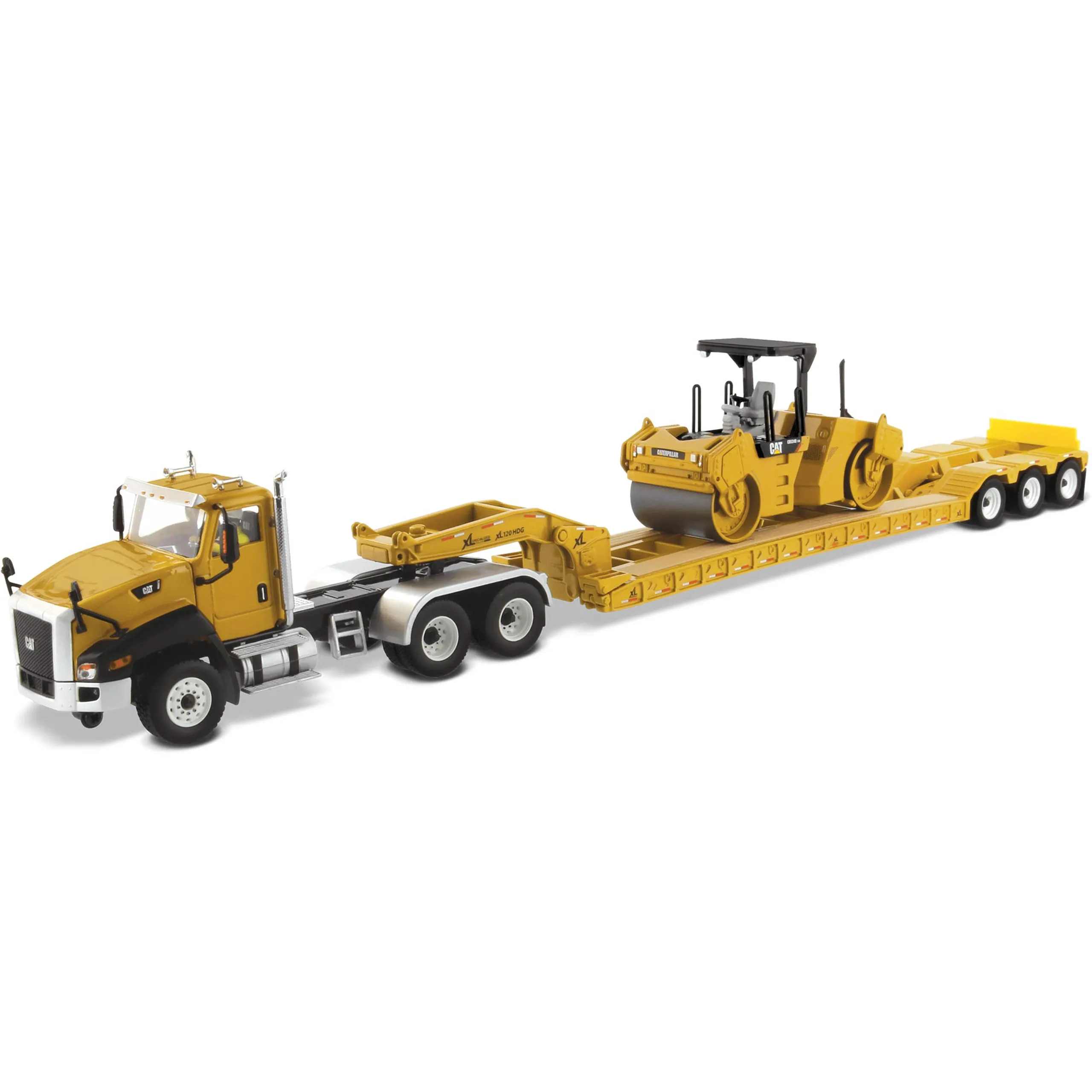
Collecting diecast construction machines is more enjoyable when you follow certain tips. Research before you buy to ensure you understand the model’s value and history. Protect your collection by storing models in a cool, dry place, away from direct sunlight and dust. Consider using display cases to protect and showcase your models. Join a collector’s club or online forum to connect with other enthusiasts, share knowledge, and learn about the hobby. Document your collection by keeping a record of each model’s details, including manufacturer, scale, condition, and purchase price. This will help you keep track of your investment and add value to your collection. Attend model shows and conventions to expand your collection and network with other collectors. Be patient; building a valuable collection takes time and effort. Most importantly, enjoy the process of collecting and celebrating the craftsmanship and history of these remarkable miniature machines.
In conclusion, diecast construction machines provide a fascinating hobby that combines artistry, engineering, and history. They are a testament to the ingenuity of those who design and operate these machines. Whether you are a seasoned collector or just starting, the world of diecast construction machines offers something for everyone. Happy collecting!
